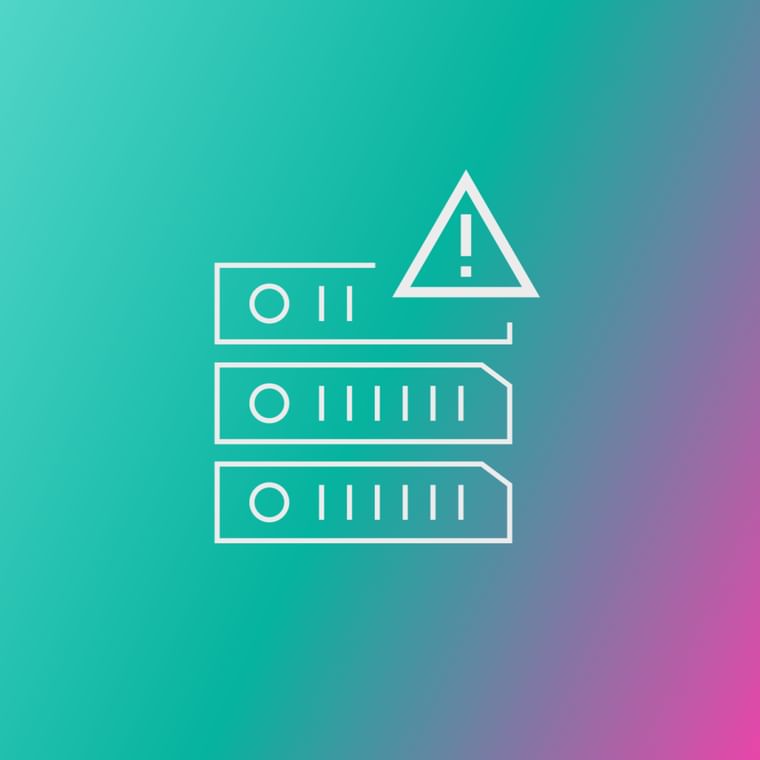A Security Operations Center focuses on cybersecurity threat detection and response, while a Network Operations Center (NOC) manages network performance, availability, and uptime. SOCs handle security incidents and breaches, whereas NOCs address network outages and performance issues, though both may coordinate during incidents affecting both domains.
Security Operations Center (SOC)
A Security Operations Center serves as the centralized nerve center where security teams continuously monitor, detect, and respond to cyber threats, dramatically reducing breach costs and detection times through coordinated defense operations.
What Is a Security Operations Center?
A Security Operations Center (SOC) is a centralized facility where information security professionals monitor, detect, analyze, and respond to cybersecurity incidents across an organization's entire IT infrastructure 24/7.
This dedicated team combines skilled analysts, established processes, and advanced security technologies to provide continuous vigilance against cyber threats, ensuring rapid response to incidents while maintaining comprehensive visibility across networks, endpoints, applications, and cloud environments.
Modern SOCs transform reactive security approaches into proactive defense strategies by unifying previously fragmented security operations. Rather than managing disparate security tools and alerts in isolation, SOC teams coordinate all cybersecurity functions through integrated platforms and standardized workflows.
This consolidation enables organizations to detect threats faster, respond more effectively, and maintain stronger security postures while meeting increasingly stringent compliance requirements that govern data protection and breach notification obligations.
How a SOC Works
Security Operations Centers function through the seamless integration of people, processes, and technology working together to maintain continuous security vigilance and rapid incident response.
Here's how SOC operations function in practice:
Continuous Monitoring: Security analysts leverage SIEM platforms and other monitoring tools to collect and analyze log data from every system, application, and network device, establishing baseline behaviors that help identify anomalies indicating potential security incidents requiring investigation.
Threat Detection and Analysis: When monitoring systems generate alerts, SOC analysts triage these signals to distinguish genuine threats from false positives, prioritizing incidents based on severity and potential business impact, while enriching alerts with threat intelligence to provide context.
Incident Response Coordination: Upon confirming a security incident, the SOC team executes predetermined response playbooks that may include isolating affected systems, blocking malicious IP addresses, disabling compromised accounts, and coordinating with other IT teams to contain threats before they spread.
These coordinated activities enable organizations to detect and respond to threats within minutes, rather than the months that breaches typically remain undetected, thereby significantly reducing both the financial and reputational damage from security incidents.
Core SOC Functions
Security Operations Centers perform essential functions that collectively strengthen an organization's security posture and operational resilience.
Preparation and Prevention
Proactive security measures form the foundation of effective SOC operations:
Asset Inventory Management: SOC teams maintain comprehensive inventories of all IT assets requiring protection, including applications, databases, cloud services, and endpoints, while cataloging the security tools deployed to defend them, ensuring complete visibility without blind spots.
Vulnerability Assessment: Regular vulnerability scanning and penetration testing identify weaknesses in systems and applications before attackers can exploit them, with findings prioritized based on exploitability and potential impact to guide remediation efforts effectively.
Security Policy Development: SOCs establish and maintain security policies, procedures, and incident response plans that define roles, responsibilities, and workflows for handling various threat scenarios, ensuring consistent and effective responses across all security events.
Patch Management Coordination: SOC teams coordinate with IT departments to ensure critical security updates are applied promptly, tracking patch status and verifying successful deployment across the environment.
Detection and Response
Real-time threat detection and rapid response capabilities distinguish effective SOCs. The steps include:
Alert Management and Triage: SOC analysts process thousands of security alerts daily, using automated tools and manual analysis to filter false positives, correlate related events, and identify genuine threats requiring immediate attention.
Threat Hunting: Experienced analysts proactively search for advanced threats that may have evaded automated detection systems, using behavioral analysis and threat intelligence to uncover sophisticated attacks hiding within normal network activity.
Incident Containment: When threats are confirmed, SOC teams implement containment measures such as network segmentation, endpoint isolation, and account suspension to prevent lateral movement and limit damage while maintaining business operations where possible.
Forensic Analysis: During and after incidents, SOC teams conduct detailed forensic investigations to understand attack vectors, determine the scope of compromise, and gather evidence for potential legal proceedings or insurance claims.
Recovery and Improvement
The post-incident activities ensure organizations learn from security events and strengthen defenses. These activities include:
System Restoration: SOC teams coordinate recovery efforts to restore affected systems to operational status, which may include rebuilding compromised servers, resetting credentials, and validating that all traces of the attack have been eliminated.
Root Cause Analysis: Thorough investigation identifies the underlying vulnerabilities or process failures that enabled the incident, providing insights that prevent similar attacks from succeeding in the future.
Compliance Reporting: SOCs ensure all regulatory notification requirements are met following security incidents, maintaining detailed documentation for auditors and demonstrating adherence to privacy regulations like GDPR, HIPAA, and PCI-DSS.
SOC Team Structure
Effective Security Operations Centers require specialized roles working together to provide comprehensive security coverage. Here are some of the roles and responsibilities that organizations need to learn about:
SOC Manager: Oversees daily operations, manages team resources, and reports to executive leadership about security posture and incident metrics. This role ensures operational efficiency while balancing security requirements with business needs and maintaining team readiness through training and process improvement initiatives.
Security Engineers: Design and maintain the technical infrastructure that powers SOC operations. They implement and configure security tools, develop custom integrations between platforms, and optimize detection rules to reduce false positives while ensuring genuine threats are captured effectively.
Security Analysts: Operate in tiered structures based on experience and responsibility levels. Tier 1 analysts handle initial alert triage and basic incident response, Tier 2 analysts conduct deeper investigations and implement containment measures, while Tier 3 analysts tackle complex incidents and perform advanced threat hunting activities.
Threat Intelligence Analysts: Gather and analyze information about emerging threats, attack patterns, and threat actor behaviors. They enrich security alerts with contextual information that helps other team members understand the nature and severity of detected threats.
Forensic Investigators: Specialize in collecting and preserving digital evidence following security incidents. Their work supports legal proceedings, insurance claims, and detailed post-incident analysis that identifies lessons learned and opportunities for improvement.
Essential SOC Technologies
Modern Security Operations Centers rely on integrated technology stacks that provide comprehensive visibility and automated response capabilities. These tech stacks include the following:
SIEM Platforms: Serve as the central nervous system for SOC operations, aggregating and correlating security events from across the entire IT infrastructure. These platforms apply analytics and machine learning to identify patterns indicating potential threats while maintaining comprehensive audit trails for compliance and forensic purposes.
SOAR Solutions: Automate repetitive security tasks and orchestrate responses across multiple security tools. By codifying response procedures into automated playbooks, SOAR platforms reduce analyst workload while ensuring consistent, rapid responses to common threat scenarios.
XDR Platforms: Extend detection and response capabilities beyond traditional endpoints to include network, cloud, and identity telemetry. This broader visibility enables SOCs to detect sophisticated attacks that span multiple attack vectors and would otherwise evade siloed security tools.
Threat Intelligence Platforms: Aggregate and analyze information about emerging threats, providing context that helps analysts understand and prioritize security alerts. Integration with detection and response tools ensures the latest threat indicators are automatically incorporated into security monitoring.
Ready to strengthen your SOC with advanced email threat detection? Request a demo to see how Abnormal enhances your security operations.
Frequently Asked Questions (FAQs)
Get the Latest Email Security Insights
Subscribe to our newsletter to receive updates on the latest attacks and new trends in the email threat landscape.
Featured Resources

Product
The Last 1% of Attacks: Rise and Fall of the SEGMay 29, 2025
/
5 min read

Artificial Intelligence
AI, People, and Policy: What We Learned from Convergence Season 4May 22, 2025
/
6 min read

Threat Intel
Legitimate Senders, Weaponized: How Abnormal Stops Email Bombing AttacksMay 19, 2025
/
6 min read

CISO Insights
Through the Looking Glass: A CISO's Take on RSAC 2025May 09, 2025
/
7 min read